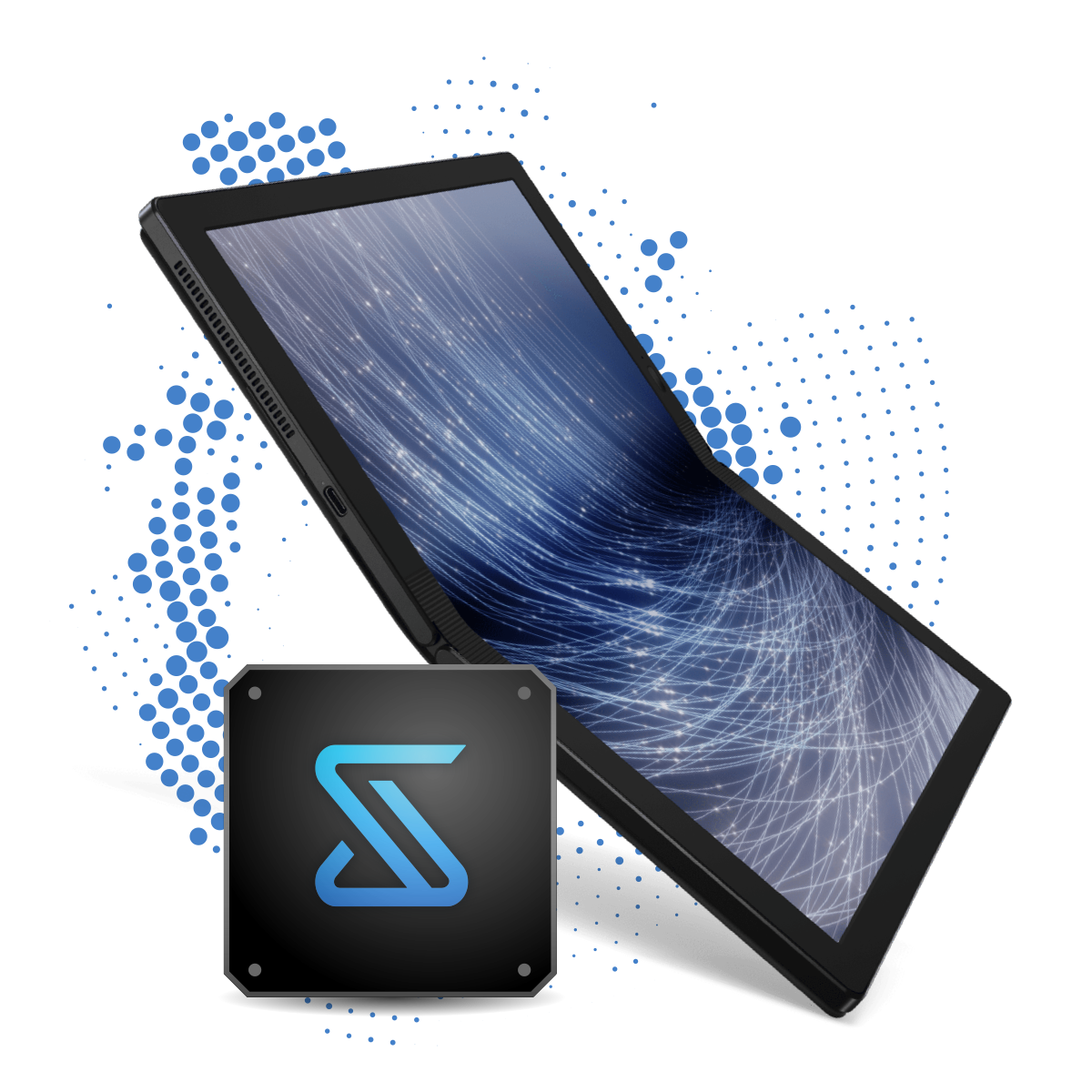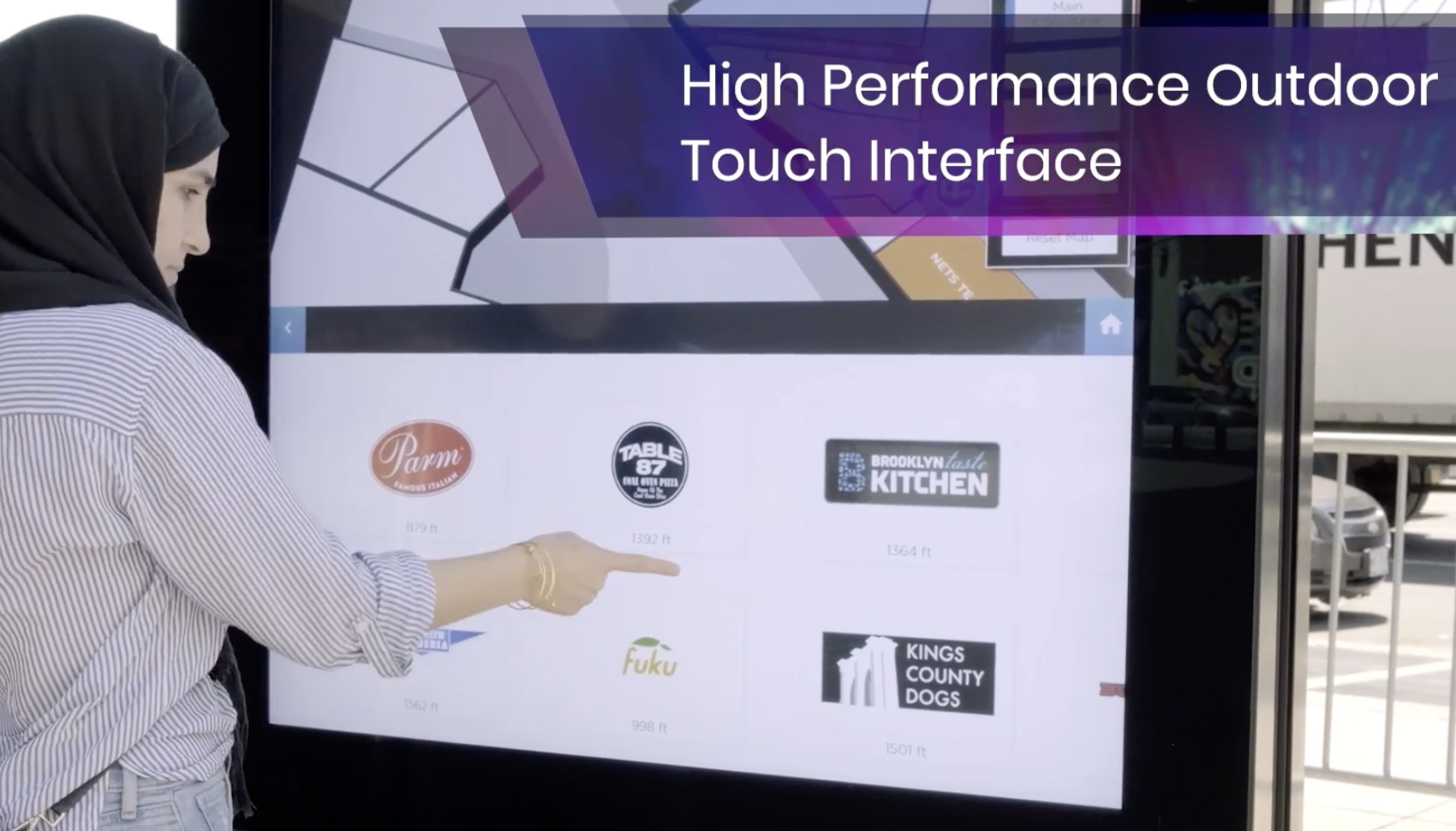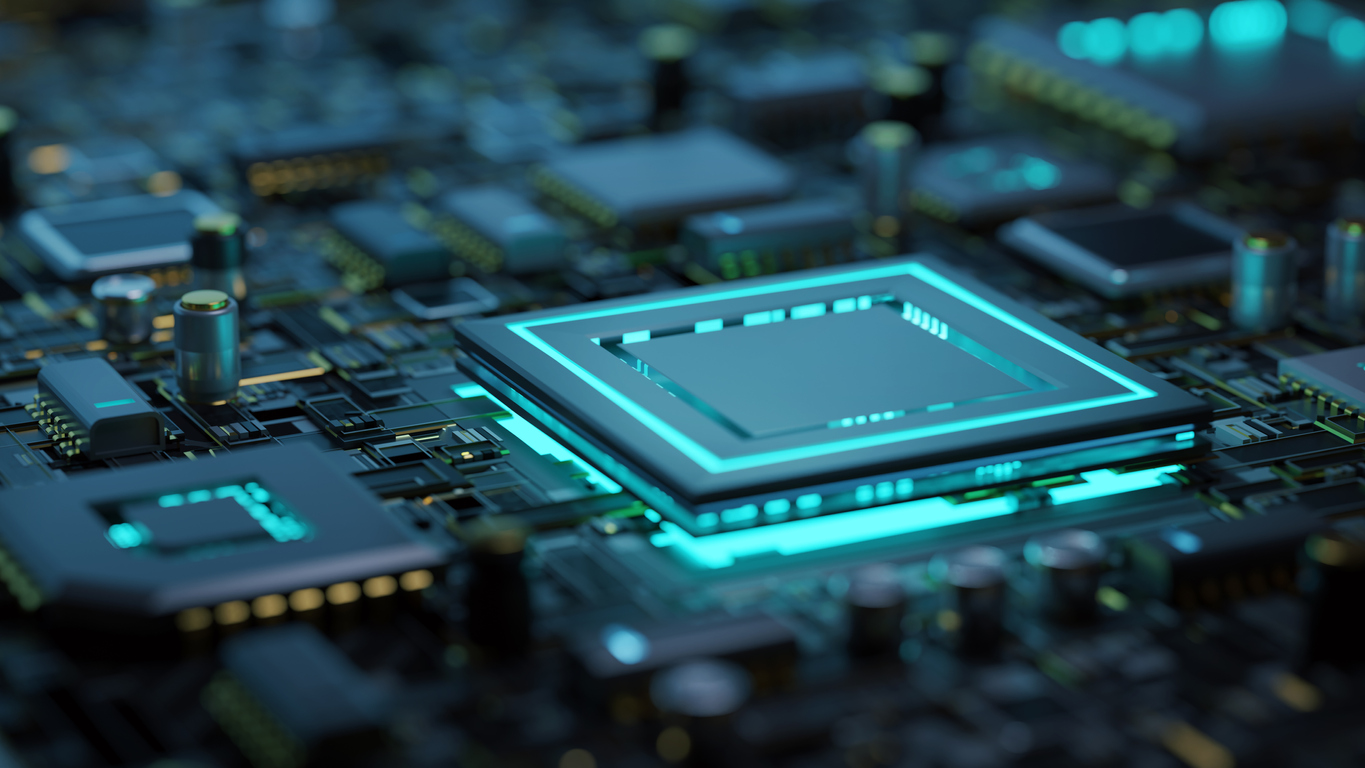The proliferation of mobile devices employing touch in everyday activities sets user expectations for smooth touch in any environment. Yet user expectations for interface, robustness and simple reliability are still lagging in new vehicle implementations. Compared to mobile phones, touch response in larger screens is sluggish, often limited to single-finger operation on navigation displays, and consistency of touch response can be frustrating, even to the point of touch not working.
EVs Drive New Experiences
The electric vehicle (EV) is pushing consistent, predictable, even intuitive interactions to the forefront of HMI design. User expectations for EVs are much higher in terms of touch accuracy, speed, and dependability, especially with the trend to eliminate mechanical switches and buttons in the cockpit. The “pillar-to-pillar” HMI promises “wow” experiences with instantaneous feedback, smooth 3D interactions, and is as much about entertainment as it is about function. As always, the non-negotiables include accuracy, reliability, and consistent operation over wide temperature ranges, even when wearing gloves or sensing through contaminants.
EMI Mitigation
With all-electric vehicles, there is a noisier environment caused by electro-magnetic interference (EMI). Techniques for EMI mitigation are now more important and forcing a showdown between voltage scanning touch systems and continuous frequency systems that measure current direct-to-digital. Interference with reliable touch or losing touch altogether is a serious risk over large touch surfaces. Touch technologies that can operate at voltages below 1.0V and provide dynamic noise mitigation in the digital domain at 300 Hz or faster will set the benchmark for EMI budgets going forward.
Safety
EVs also lead the drive to improve HMI safety which goes hand in hand with reliable, predictable behaviors from interactive surfaces. Elimination of situations that can cause driver distraction within the cockpit is essential. Programmable HMI with the ability to gather data from multiple sensing channels, multiple touch surfaces, multiple displays, as well as driving the sensing channels outside the perimeter of the display, will make systems intuitive and safer to operate. Replacing many components with just one component will enable reliability and predictability for important user features while also lowering cost and improving power consumption. These are all expectations for electric vehicle design.
Time for Radical Innovation
Regardless of whether mobile phones lead in setting expectations or if EVs are the incentive, all automotive brands must focus on reinventing their cockpits with innovation in HMI technology. Now is the time to shift the problem statement from hardware driven solutions to programmable technologies that can enable radical innovations anticipating and responding to ever changing expectations. The obvious place to start is solving the traditional problems with touch sensing on larger curved displays. Most see this as a must win race to innovation. In conjunction, move quickly to expand HMI with seamless sensing across surfaces integrating presence detection, hover, identification through touch, fast gaming speed response, haptics, and improved optics in sunlight to name a few.
It’s time to reconsider existing rigid hardware technologies such as scanned voltage touch systems in favor of new approaches that offer flexible and more reliable performance. Creative designers are responding and likely to exceed expectations targeting radical innovations to remake the cockpit with experiences that were previously unimaginable.




